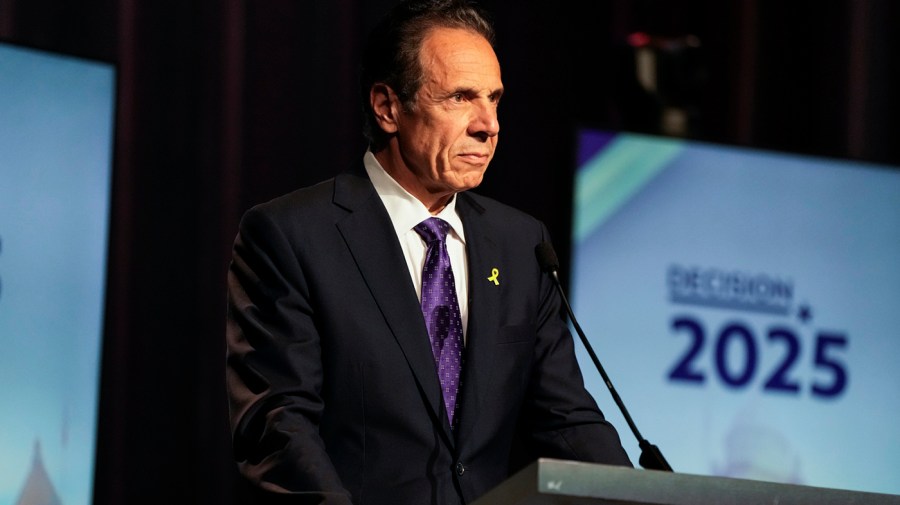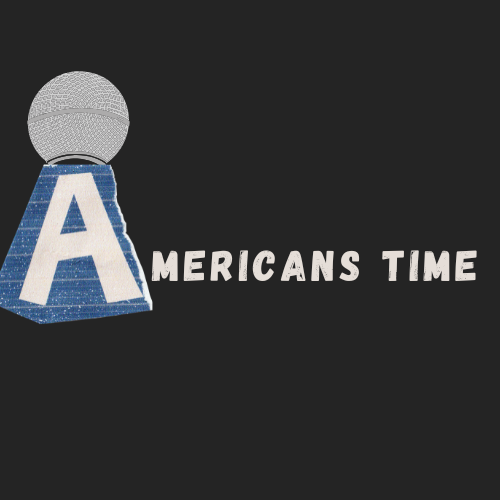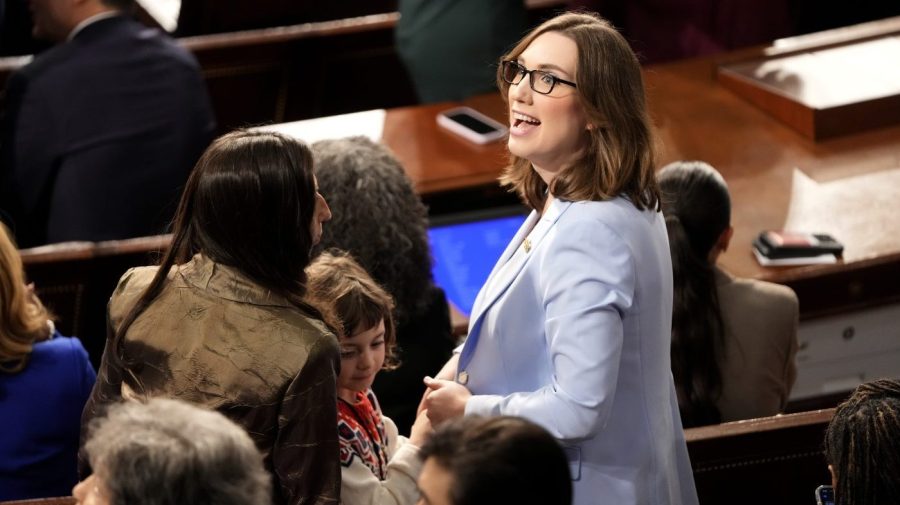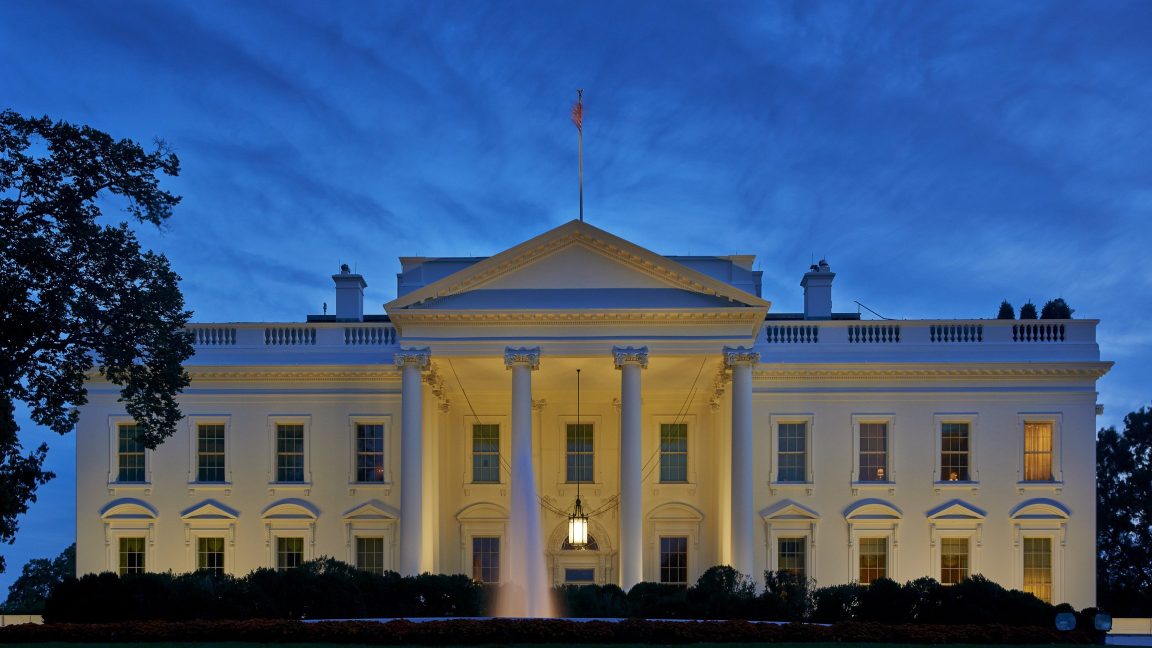

Democrats are spending a great deal of time and money these days on trying to reconnect with the blue-collar men of the American heartland.
And for good reason. The Electoral College map and distribution of House districts mean that if the Blue Team keeps getting shellacked with working class voters in the Midwest and Appalachia like they did in 2024, Democrats would be locked out of national elections.
It’s a kind of appealing doom for Democrats to consider, though. The solutions are mostly either about, Heaven help us, “messaging” and electioneering tactics or abstract policy positions. Obsessing over which “manosphere” pundits to prioritize or what pie-in-the-sky policies to support when your party is shut out of power gives the sensation of activity and purpose without actually having to do anything.
Like the profoundly pointless Republican autopsy of 2013 that directed the party to prioritize softer language on immigration and make itself more accessible to women for the 2016 cycle, these current Democratic efforts are a good way to keep consultants busy (and paid) and provide good grist for pointy headed panels and not much else. This kind of chin stroking is good for trying to explain what happened before, but it’s famously bad at predicting what will happen next.
But while elite Democrats are pining for an imaginary victory won with imaginary candidates touting imaginary policies on imaginary podcasts, their party is not minding its business in the places it already controls and must retain: big cities. It would be nice for Democrats to get a hot hand with blue-collar Ohioans, but improvement in their existing strongholds is a nonnegotiable.
The mayor of Los Angeles was in pretty bad shape with voters even before the clashes with federal immigration forces began last week. Whether Karen Bass be helped or hurt by her confrontation with the Trump administration is an open question, but any benefits seem unlikely to undo the damage done by her bungled response to the city’s fires.
Bass can at least be glad that she’s not Chicago Mayor Brandon Johnson, who is exploring the murkiest depths of public unpopularity. The teachers union activist claimed to be leading a “bold progressive movement” when he was elected two years ago. He didn’t mention that the direction of that movement would be boldly downward.
America’s second and third largest cities and the Democrats who govern them don’t have many good options right now. There are success stories for new-wave Dems in San Francisco and elsewhere, but it’s the biggest cities that get the most attention and do the most to set the narrative for the party nationally. None more so than New York.
New York City Democrats will choose their nominee for mayor a week from today, and barring a bizarre turn of events, that nominee will become the 111th mayor of America’s largest city.
But this is New York, after all — a city that is rapidly losing population but is still somehow seeing crushing increases in housing costs. And this is also 2025, a time when the city’s current mayor was allowed to skate on public corruption charges by a U.S. president who liked his vibe. So maybe we shouldn’t be too dismissive about bizarre turns of events.
The incumbent, Eric Adams, left the Democratic Party to run for reelection as an Independent after President Trump let him off the hook. But Trump, a native New Yorker, only got 30 percent of the vote in the city last year. That made Trump very useful for Adams staying out of jail but probably not too helpful for staying in Gracie Mansion.
Even so, it’s not inconceivable that Adams could win in November thanks to a kooky Democratic Party and quirky election rules.
The city uses ranked choice voting, which means that voters in both the primary and general elections are allowed to pick their five most preferred candidates in ranked order. There are 11 candidates running in the Democratic field alone, so the chances of an outright majority winner in the first round appear low.
In a plurality situation, the last-place candidate is eliminated and her or his supporters’ voters are redistributed according to their preferences. That keeps up for as many rounds as are necessary to their number two, then number three and so on until there are only two candidates remaining and one gets an outright majority.
The Democratic front-runner right now is former New York Gov. Andrew Cuomo, who is attempting a comeback after being forced from office in the summer of 2021 after 10 years in power over sexual harassment allegations. Cuomo’s fall was cheered by progressives who had always seen him as too moderate to begin with. In choosing New York City as the location for his return to politics, Cuomo is going for the biggest prize but also a place with a large and intense community of progressive activists.
Those activists have been smarting since Adams won in 2021 on a platform of reversing many of the policies of his progressive predecessor, Bill de Blasio, particularly on crime and policing. Adams hasn’t delivered on promises to clean up the city, earning him the ire of both anti-police and law-and-order types.
Cuomo’s principal rival for the nomination is state Assemblymember Zohran Mamdani, who has captured the support of a broad progressive coalition, including de Blasio and Rep. Alexandria Ocasio-Cortez (N.Y.), who has said that stopping Cuomo is essential to progressives’ national ambitions for the party.
Cuomo has a lead in the polls, but ranked choice balloting could vault Mamdani to victory if enough supporters of also-rans give him second-place status. With his support for rent control, city-run grocery stores and curbs on police activities, Mamdani is far out enough to generate lots of left-wing excitement and an equal amount of anxiety among normie Democrats, including on the editorial board at The New York Times that is urging voters to pick anybody but the 33-year-old state legislator.
The fear is not an unreasonable one. A Mamdani nomination would open the door ever so slightly to a MAGA-adjacent Adams winning reelection or, more likely, put New York on a similar trajectory as Chicago, where bold progressivism is currently taking a terrible beating.
Cuomo, age 67 and one of the last powerful men to succumb to the #MeToo movement, is an unlikely standard-bearer for a Democratic Party desperate to move on from the miseries of the past decade, but New York politics isn’t famous for its uncomplicated options.
When former Mayor Michael Bloomberg, who famously clashed with then-Gov. Cuomo during their overlapping time in office, endorsed his former foe it was the surest sign yet of the stakes in Tuesday’s primary. It’s the progressive populists versus the mainstream establishment for all the marbles in the heart of blue America.
How that all plays out will probably have a great deal more to say about the near future of the Democratic Party than whatever word clouds emanate from consultants’ focus groups or panels of pundits.
Chris Stirewalt is the politics editor for The Hill and NewsNation, the host of “The Hill Sunday” on NewsNation and The CW, a senior fellow at the American Enterprise Institute and the author of books on politics and the media. Meera Sehgal contributed to this report.








